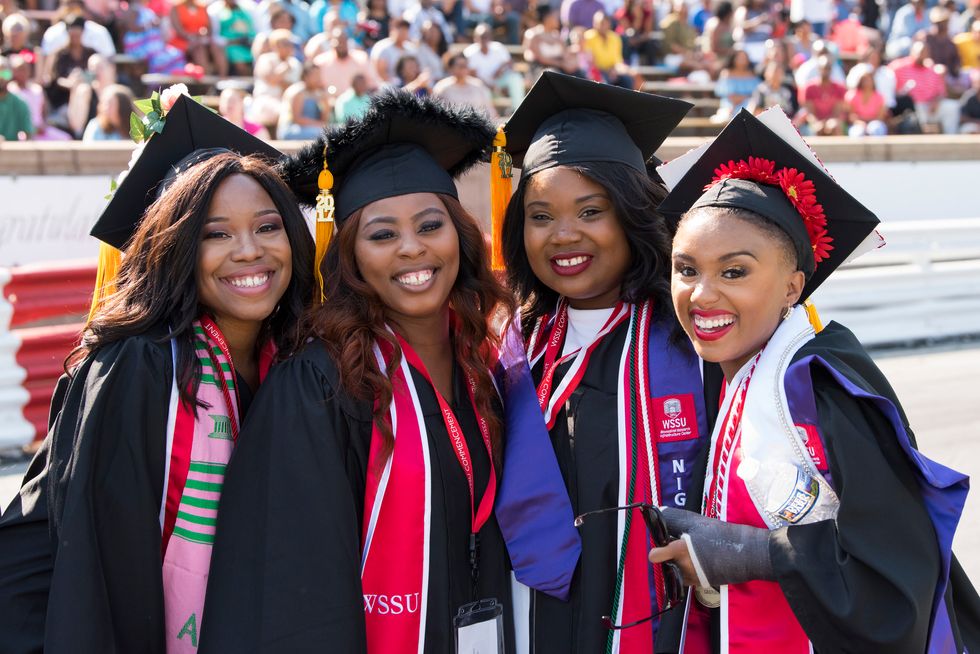Education is the most vital thing in life. It is, arguably, the very foundation upon which the self is built. It takes many forms, all of which can be categorized as formal or informal.
The contemporary school system, with its complex dynamics and relationships, is exemplary of formal education. There is a routine, a rhyme and a reason to what is taught, what is not, who is doing the teaching, and who is doing the learning. Likewise, intuitions of higher learning, such as two-year colleges, four-year universities, technical schools, graduate schools, etc. are emblematic of formal education.
Education (informally) looks like a parent teaching their child compassion, strength, humility, and love. Informal education is a family passing down its traditions to the young. It is learning radical modes of self-defense — physical or otherwise. It is memorizing cultural dishes without a recipe. It is learning to cultivate meaningful relationships, romantic or platonic. It is understanding death as a natural part of life, acknowledging how we affect the world and how the world affects us; it is pleasure, and it is pain. Informal education, unlike formal education, has no end; it is always.
Informal education is equally as essential as formal education, yet the former is ascribed an unfair and low reputation in much of society. Conversely, the latter is regarded with esteem and reverence. As an extraordinary portion of the global economy is entrenched in capitalism, alongside the monetary relationship of higher education, it is no shock as to why one is considered superior to the other. Yet, it should be reiterated over and over that there is no better, there is no worse. There are only two halves of the same whole.
However, in this land known as the United States, there feels to be a deliberate dwindling focus on all types of education, particularly the formal. A decade after the 2007 recession, state funding for public educational institutions have yet to rise; they are lower than they were before the recession. Four-year universities have raised tuition by 35 percent since 2008 — seven states, including California, Georgia, Alabama, and Florida have increased tuition by more than 60 percent. Federal student aid has been on the rise, but it does not do much to support students as the cost of college and its related expenses rise along with it. The recent appointment of Betty DeVos as the Secretary of Education is another glaring example of the current state of educational priorities.
When we, as a country, as a society, as a globe, recognize and value all education, the world will begin to be a better place.

















